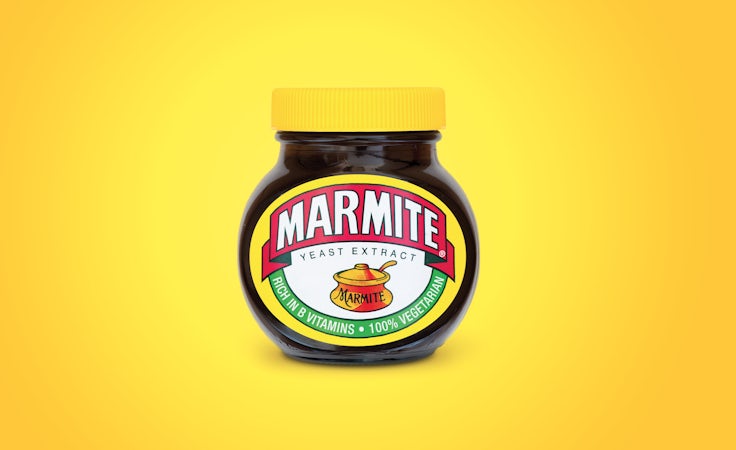Despite the attention on Monty the Penguin, the rest of the marketing mix will be as responsible for John Lewis’ fortunes this Christmas
The annual launch of the John Lewis Christmas campaign has become something of an event in its own right. No other ad causes such anticipation, so many column inches or such a reaction in the UK. But while the ad is important for John Lewis to ensure it’s front of minds as consumers head off to do their festive shopping, its just one cog in a well-oiled marketing machine, all the parts of which need to work together to ensure the retailer has a sparkling Christmas.
https://www.youtube.com/watch?v=iccscUFY860
A quick look at Twitter reveals the extent of the interest in the campaign. The tagline #montythepenguin was trending as number one in the UK within 90 minutes of the ad’s release at 8am this morning, according to stats from Hotwire’s social buzz tool.
On Facebook, the ad was viewed more than 800,000 times in the first five hours while on YouTube the viewer number sits at more than 637,000.
Despite comments from managing director Andy Street that this year would be “lower key” than years gone by, there were more tweets about the ad in the first three hours following its reveal than in the first 24 hours following the launch of last year’s campaign, The Bear and the Hare.
Of those, 97.7% are positive or neutral and just 2.3% are negative, says Hotwire. People are loving Monty the penguin and Tom Odell’s cover of Real Love is proving popular, although some concerns have been raised that Sam, the little boy in the ad, has effectively got his friend a mail order bride for Christmas.
Jacques de Cock, non-executive director at the London School of Marketing, says the brand campaign takes advantage of the “remarkably positive” feelings towards the John Lewis brand and uses it to ensure that when people come to do their Christmas shopping it is John Lewis that comes to mind. It might not sell products directly, but it will ensure the retailer gets a higher proportion of spend when people hit the high streets or the web.
“They are trying to ensure that as and when people come to think about what to buy John Lewis is in the purchasing process. They want to position themselves as the safe, reliable, trustworthy partner in people’s search for the right gift. They don’t force people to associate them with a particular product or make you buy something you don’t want, it’s a reminder that they are there. In that sense it enables them to capture a higher proportion of spend,” he adds.
There is no doubt that the ad is important for John Lewis. It spends £7m producing and promoting it. De Cock estimates it probably gets another £1.5m in free advertising through all the newspaper articles, let alone the shares on social media.
However it is just one part of a marketing strategy by John Lewis, most of which will go unnoticed. People won’t write about the emails, the direct mail, the print ads pushing product or the CRM but they all play a crucial role in boosting the John Lewis offer.
So too will its in-store offers and promotions, the convenience of its online shopping and its multichannel approach which makes it easy for people to browse and buy online, have goods delivered to their homes or pick them up via click-and-collect.
The John Lewis strategy works because the whole business is working together to offer a seamless experience that showcases its brand values, service and focus on the customer. The TV ad may be the most obvious example of this approach, but it is all the other aspects working hard under the surface that will help John Lewis in its quest to be one of the Christmas winners once again.








I agree. As I posted yesterday, my point of view is that it is a great campaign not because of the ad itself but because of the carefully crafted consumer journey that appears to be in place.
OK, so the ad only drives you to twitter but if you follow the journey you will end up on their website and there you will see that John Lewis have followed through in a variety of well thought through ways. To continue engagement there are games and activities. To create customers there are firstly products and merchandise around Monty the Penguin, secondly encouragement to go in store to experience more Monty madness and thirdly, associated content around having the perfect Christmas…all courtesy of JLP.
This is a carefully considered campaign and demonstrates a mature approach to content marketing. Questions for John Lewis marketing to consider are whether they are using the content in as powerful way for customer engagement as they could be. For example, does it provide insights into why people are buying through powerful content analytics? Also, is the journey structured to ensure a wider buying halo than just Monty the Penguin and to understand what additional products people are keen on?